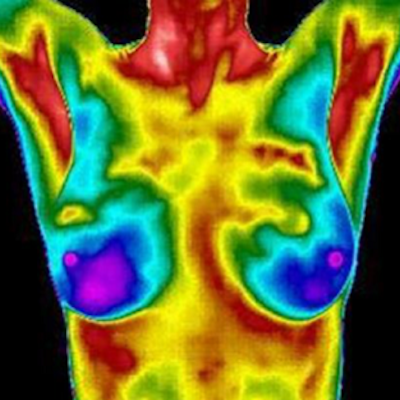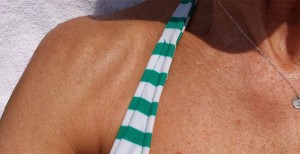A new Breast Density Law took effect January 1 in North Carolina. Our state is the 12th state in the nation to pass such a law and the FDA is considering a regulatory amendment to address breast density reporting nationwide.
What are dense breasts?
Breasts are made up of different types of tissue: fatty, fibrous, and glandular. Fibrous and glandular tissues show up white on a mammogram and fatty tissue shows up dark. If most of the tissue on a mammogram is fibrous and/or glandular, the breasts are considered to be dense.
Why should women know if they have dense breasts?
Because calcifications and lumps also show up white on a mammogram, it may be harder to identify disease on a mammogram in women with dense breasts.
How will women be informed that they have dense breasts?
Under the new law, all women who fall into either the heterogeneously dense or extremely dense categories will be informed in the standard letter they receive from their radiologist. The last 2 images on the right in the visual below show breasts that are heterogeneously dense and extremely dense, respectively:

How many women have breasts in these two density categories?
According to the Breast Imaging Division of the Department of Radiology at UNC School of Medicine, “approximately 50% of women will fall into these two categories and be told that they have dense breasts.” Dense breasts tend to be more common in younger women and in women with smaller breasts, but anyone – regardless of age or breast size – can have dense breasts.





